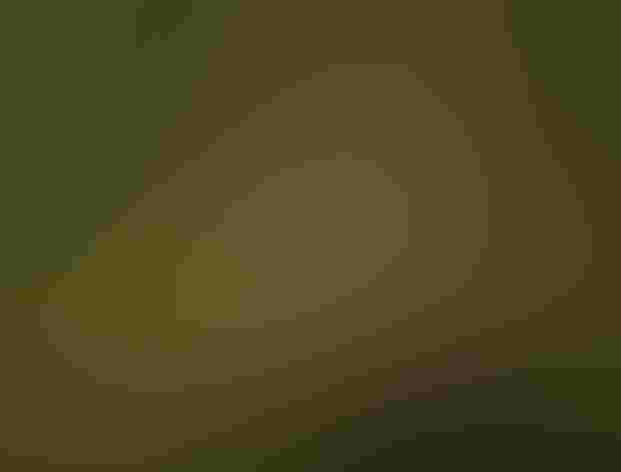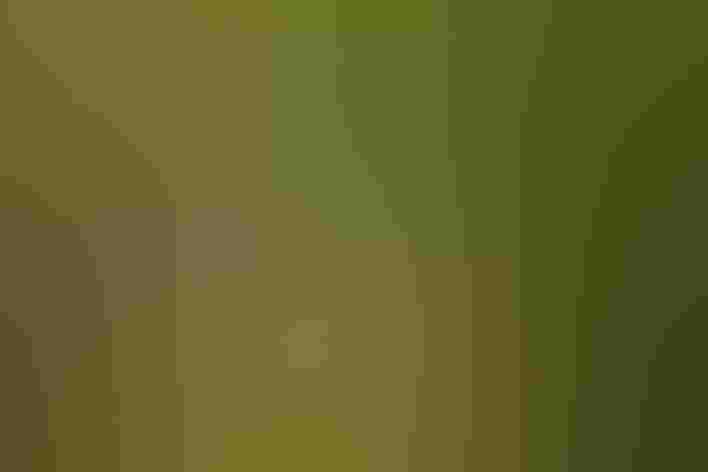Blue Jay
At a Glance
One of the loudest and most colorful birds of eastern back yards and woodlots, the Blue Jay is unmistakable. Intelligent and adaptable, it may feed on almost anything, and it is quick to take advantage of bird feeders. Besides their raucous jay! jay! calls, Blue Jays make a variety of musical sounds, and they can do a remarkable imitation of the scream of a Red-shouldered Hawk. Not always conspicuous, they slip furtively through the trees when tending their own nest or going to rob the nest of another bird.
All bird guide text and rangemaps adapted from Lives of North American Birds by Kenn Kaufman© 1996, used by permission of Houghton Mifflin Harcourt Publishing Company. All rights reserved.
Category
Crows, Magpies, Jays, Perching Birds
IUCN Status
Least Concern
Habitat
Coasts and Shorelines, Fields, Meadows, and Grasslands, Forests and Woodlands, Shrublands, Savannas, and Thickets, Urban and Suburban Habitats
Region
California, Eastern Canada, Florida, Great Lakes, Mid Atlantic, New England, Northwest, Plains, Rocky Mountains, Southeast, Southwest, Texas, Western Canada
Behavior
Direct Flight, Flap/Glide, Hovering, Undulating
Population
17.000.000
Range & Identification
Migration & Range Maps
Present all year in most of range, but variable numbers migrate south in fall; big southward flights in some years, with thousands on the move, although they do not go south of the United States. Migrates by day.
Description
12" (30 cm). Large and flashy, dull blue-gray on back, bright blue on wings and tail. Note crest, black necklace, white wing-bars and tail corners. Other blue-colored jays lack white pattern in wings and tail. Bluebirds and buntings are much smaller.
Size
About the size of a Crow, About the size of a Robin
Color
Black, Blue, Gray, White
Wing Shape
Broad, Fingered, Rounded
Tail Shape
Long, Rounded, Wedge-shaped
Songs and Calls
A raucous jay-jay, harsh cries, and a rich variety of other calls. One is almost identical to the scream of the Red-shouldered Hawk and the calls of Broad-winged HawkAlso a musical queedle-queedle.
Call Pattern
Falling, Flat
Call Type
Chirp/Chip, Rattle, Raucous, Scream, Whistle
Habitat
Oak and pine woods, suburban gardens, groves, towns. Breeds in deciduous or mixed woods, avoiding purely coniferous forest. May be in fairly low or scrubby forest in southern part of range. Favors habitat with many oak or beech trees. Often common in well-wooded suburbs or city parks.
Sign up for Audubon's newsletter to learn more about birds like the Blue Jay
Behavior
Eggs
4-5, sometimes 3-7. Greenish or buff, sometimes pale blue, spotted with brown and gray. Incubation is by both parents (but female does more), about 16-18 days.
Young
Both parents bring food for nestlings. Young leave nest 17-21 days after hatching.
Feeding Behavior
Forages in trees and shrubs and on ground. Comes to feeders for seeds or suet. Pounds on hard nuts or seeds with bill to break them open. Will harvest acorns and store them in holes in ground.
Diet
Omnivorous. Most of diet is vegetable matter (up to 75% of diet for year, higher percentage in winter), including acorns, beechnuts, and other nuts, many kinds of seeds, grain, berries, small fruits, sometimes cultivated fruits. Eats many insects, especially caterpillars, beetles, grasshoppers, and others; also eats spiders, snails, birds' eggs, sometimes small rodents, frogs, baby birds, carrion, other items.
Nesting
Courtship may involve aerial chases; male may feed female. Blue Jays become quiet and inconspicuous around the nest, but will attack with loud calls if the nest is threatened by a predator. Nest site is in tree (either coniferous or deciduous), placed in vertical crotch of trunk or at horizontal fork in limb well out from trunk; usually 8-30' above ground, sometimes 5-50' up. Nest (built by both sexes) is a bulky open cup made of twigs, grass, weeds, bark strips, moss, sometimes held together with mud. Nest is lined with rootlets and other fine materials, often decorated with paper, rags, string, or other debris.
Conservation
Conservation Status
May have declined initially with clearing of eastern forest, before it adapted to nesting in cities. Now common, expanding range toward northwest.
Climate Threats Facing the Blue Jay
Choose a temperature scenario below to see which threats will affect this species as warming increases. The same climate change-driven threats that put birds at risk will affect other wildlife and people, too.













